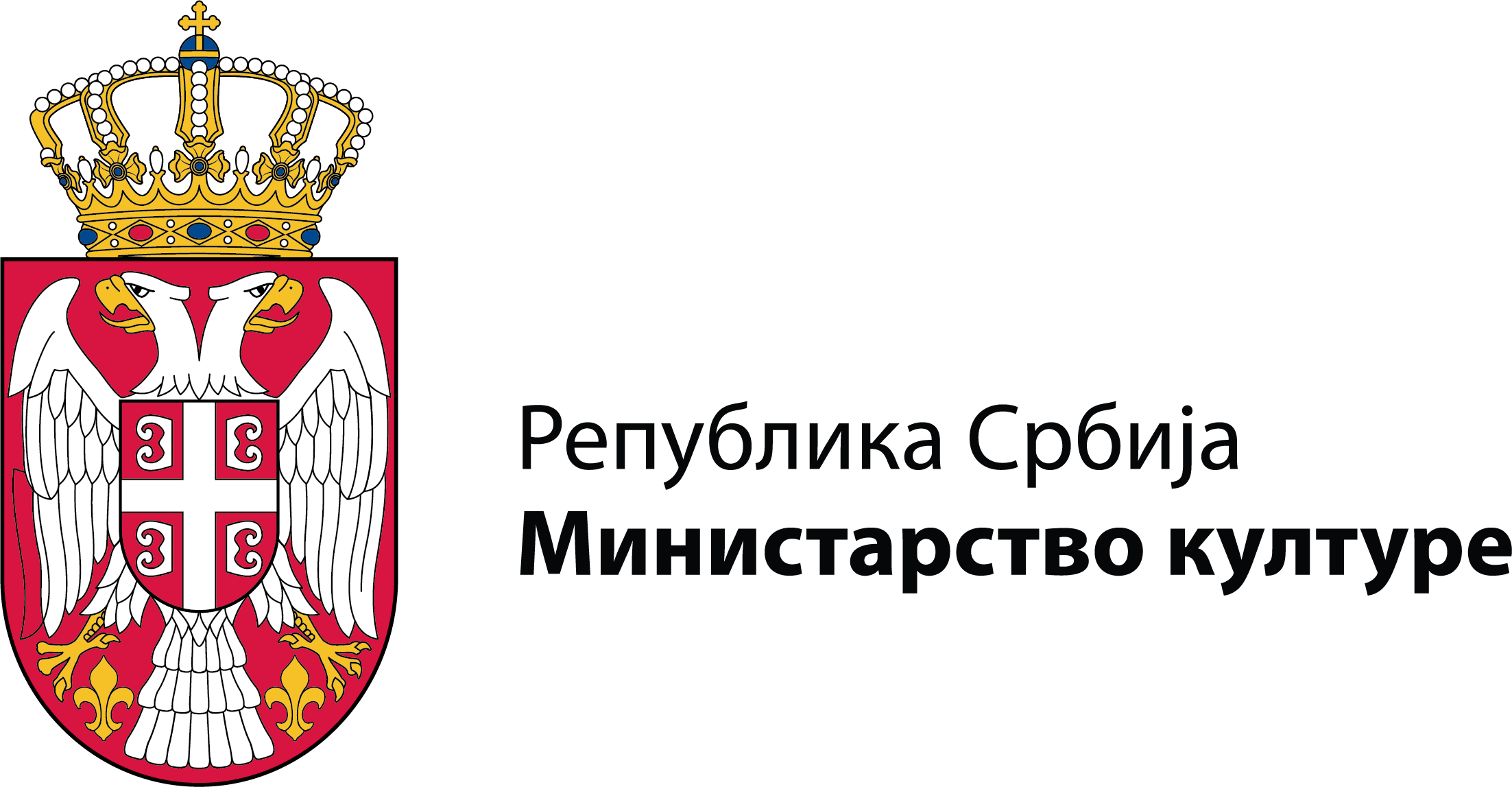The basic fund of the Collection of Serbian National Costumes consists of a collection of Serbian national costumes from the beginning of the 19th century, collected on the occasion of the founding of the Serbian National Museum in 1844.
The development path from a collection of rare values from national history to one of the most numerous museum collections was shaped and preserved by generations of experts in the field of ethnological museology. During the 20th century, the collection was systematized according to the basic function of clothing elements and according to cultural-geographical regions and represents first-class scientific material for researching the culture of clothing and the daily, social and spiritual life of Serbs and other ethnic groups in the 19th and first half of the 20th century.
As an integral part of it, the folk costumes of Kosovo and Metohija and the folk costumes of Vojvodina are divided into separate sub-collections.
Today, expert work on this museum collection is directed towards the challenges, needs and problems of contemporary culture, society and the individual. The collection of newer clothing elements from the period after the Second World War testifies to the intense industrialization and urbanization of Serbia, processes that significantly influenced the change in the image of Serbian society.
ЗThe "Folk Costumes of Central Serbia" collection contains 6,540 items.
The curators in charge of the collection are Vjera Medić, museum advisor, who can be contacted via e-mail: vjera.medic@etnografskimuzej.rs and Dr.Tatjana Mikulić, museum advisor, who can be contacted by email: tatjana.mikulic@etnografskimuzej.rs
As an integral part of it, the folk costumes of Kosovo and Metohija and the folk costumes of Vojvodina are divided into separate sub-collections.
Today, expert work on this museum collection is directed towards the challenges, needs and problems of contemporary culture, society and the individual. The collection of newer clothing elements from the period after the Second World War testifies to the intense industrialization and urbanization of Serbia, processes that significantly influenced the change in the image of Serbian society.
ЗThe "Folk Costumes of Central Serbia" collection contains 6,540 items.
The curators in charge of the collection are Vjera Medić, museum advisor, who can be contacted via e-mail: vjera.medic@etnografskimuzej.rs and Dr.Tatjana Mikulić, museum advisor, who can be contacted by email: tatjana.mikulic@etnografskimuzej.rs

